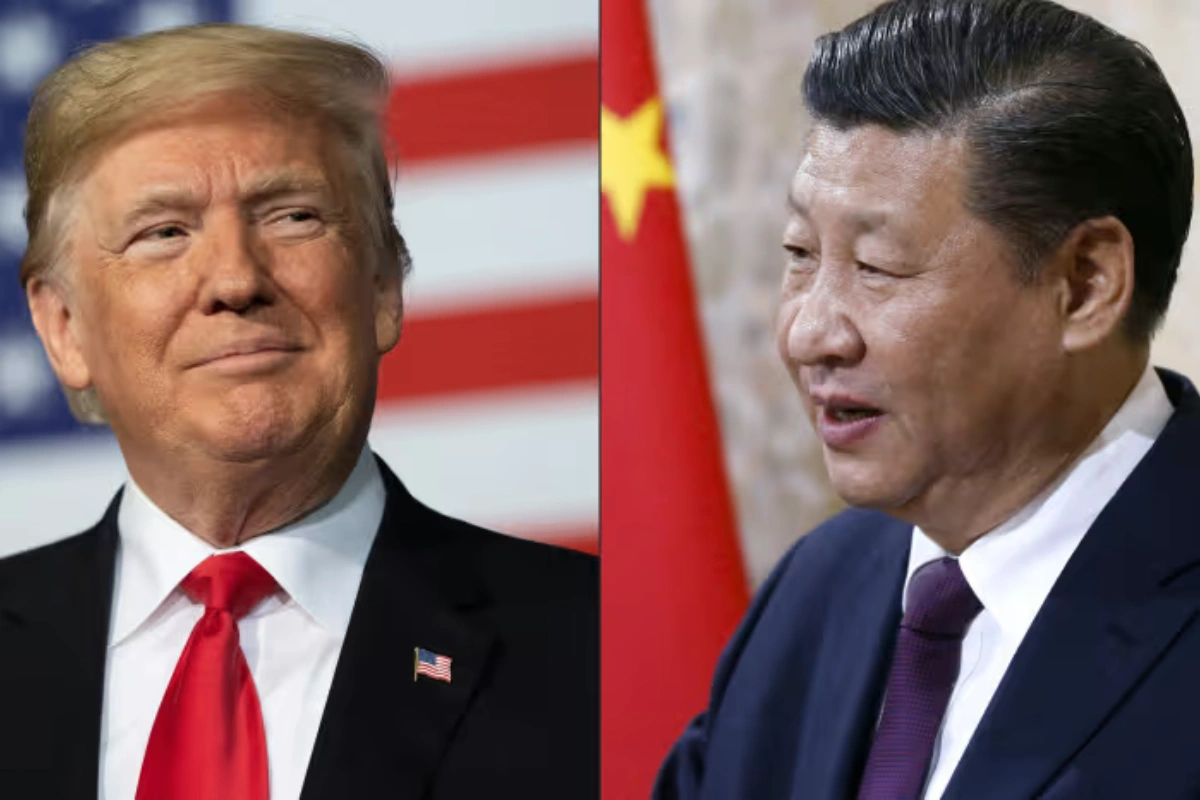In a surprising turn of events after being left off the 2025 Nobel Peace Prize shortlist, former U.S. president Donald Trump has imposed a 100% tariff on all imported goods from China. He has called it a response to “unfair trade practices,” an indication that the tensions over trade agreements with the United States will escalate, and has drawn concern from global markets.
At a rally in Ohio, Trump proclaimed that China was guilty of “economic manipulation” and made it clear that he wanted to defend U.S. goods. “If China won’t play fair, America will play strong,” stated Trump, as he signaled this as an effort to move manufacturing back to the United States and reduce reliance on Chinese imports.
Global Shockwaves and Market Response
The news caused immediate fluctuations in the market. The U.S. dollar ticked up slightly, and Asian currencies—including the rupee—were under some pressure. Stocks fell in the tech and manufacturing sectors, both heavily reliant on Chinese input across markets worldwide.
Economists speculate this could lead to another round of global inflation as prices for electronics, vehicles, and consumer goods would be expected to rise. To that end, China has threatened “firm countermeasures,” but has not provided any details about what those might look like.
How India Stands to Gain and Lose
India could find itself in a “strategic sweet spot” in light of the revived trade war. In an effort to reduce reliance on China and diversify supply chains, Western countries may increasingly funnel investment into Indian factories, especially for products in the electronics, textiles, and pharmaceuticals industries. Several U.S. companies have already begun looking at India as a manufacturing center in their “China+1” strategy.
Analysts warn, however, that India could face indirect impacts as well. For example, rising global commodity prices, especially for metals and semiconductors, could cause production costs for Indian exporters to rise. If China taps into its backup surplus of goods around the world, Indian manufacturing competition could be exacerbated in metals, chemicals, and consumer electronics.
With Trump further committing to an “America First” trade agenda, the world is preparing for yet another round of uncertainty in the economy. For India, this is an opportunity and a challenge—to establish credibility as a viable substitute for China while confronting potential inflationary pressures.
Global trade experts say the next several months will decide whether India can actually manage to translate this moment into a stronger export base and position in the world while the balance of power is being reshaped.
